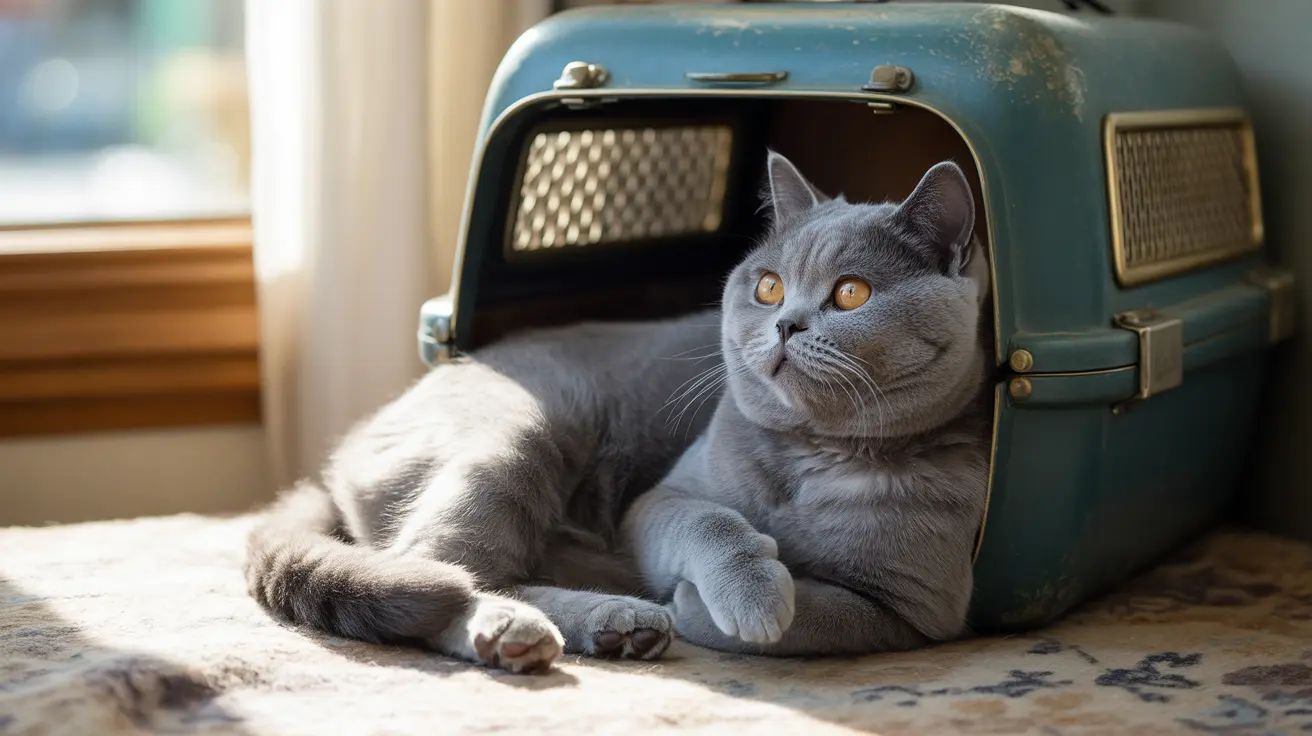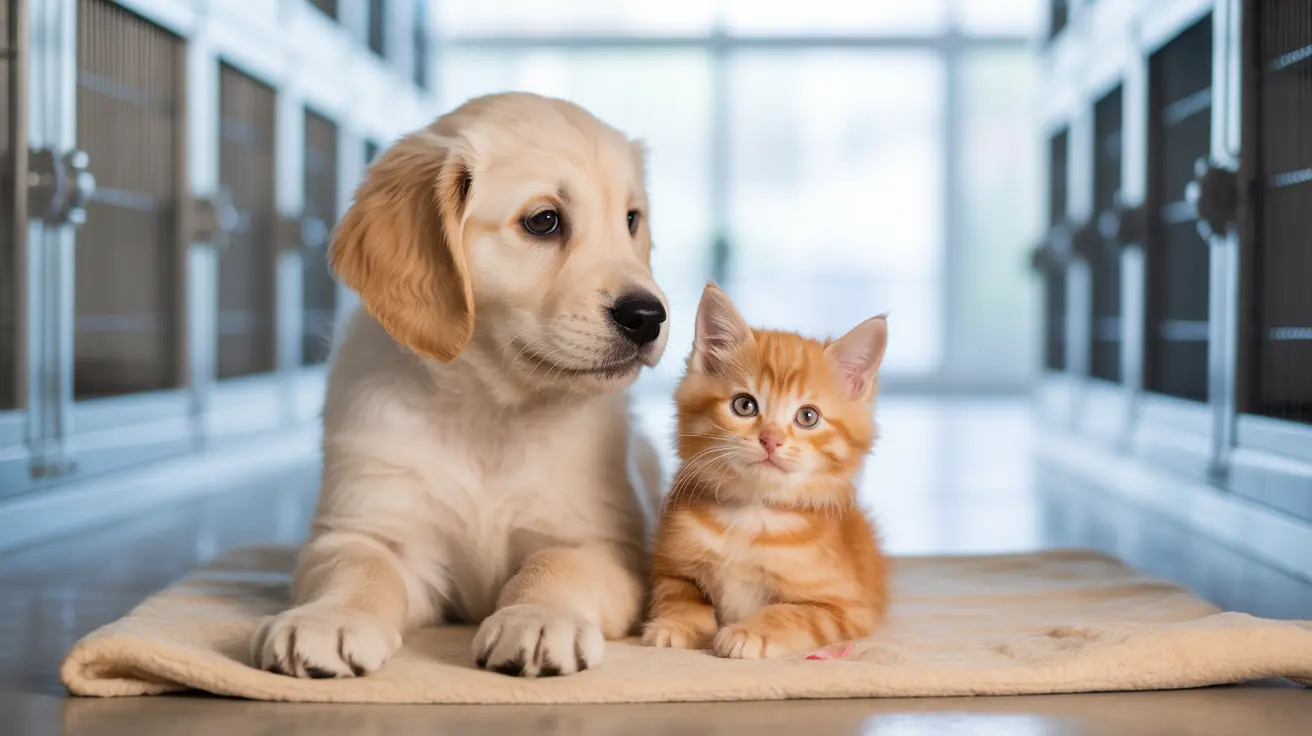Planning a long-distance car trip with two cats requires careful preparation and strategic thinking. Whether you're moving across the country or taking an extended vacation, ensuring your feline companions' comfort and safety is paramount. This comprehensive guide will walk you through everything you need to know about traveling long distance with two cats in a car.
From essential preparations to real-world solutions for common challenges, we'll cover proven strategies that make extended car travel with multiple cats manageable and even enjoyable. Let's dive into the key aspects of successful cat car travel.
Essential Pre-Trip Preparations
Begin your journey preparations at least two weeks before departure. Schedule veterinary check-ups for both cats to ensure they're healthy for travel and to obtain any necessary medications or health certificates. Your vet might recommend calming aids or motion sickness remedies based on your cats' individual needs.
Start carrier training early by placing their carriers in common living areas with comfortable bedding and treats inside. This familiarization process helps reduce travel anxiety and creates positive associations with their travel space.
Setting Up Safe and Comfortable Travel Spaces
Always use separate carriers for each cat, even if they're normally close companions. This arrangement prevents potential conflicts and makes it easier to manage feeding, cleaning, and emergency situations. Choose carriers that allow each cat to stand, turn around, and lie down comfortably.
Position the carriers securely in the back seat using seat belts or specialized carrier straps. Never place carriers in the trunk or cargo area where temperature and air circulation can be problematic.
Managing Food and Hydration During Travel
Establish a feeding schedule that works with your travel timeline. Generally, feed cats 3-4 hours before departure to minimize motion sickness. During the journey, offer small amounts of water during rest stops, and maintain regular feeding times as much as possible.
Pack familiar food and water from home to prevent digestive issues that can arise from sudden changes. Bring extra portions in case of delays or spills.
Creating a Stress-Minimizing Environment
Use Feliway® spray in carriers and maintain a consistent temperature in the car. Keep the environment calm with minimal loud noises or sudden movements. Some cats respond well to soft classical music or white noise during travel.
Consider using carrier covers that allow ventilation while reducing overwhelming visual stimuli. This can help anxious cats feel more secure during the journey.
Planning Strategic Rest Stops
Schedule breaks every 2-4 hours to allow for litter box use, stretching, and water breaks. Create a portable setup with a small litter box, fresh water, and secure space for brief exercise during these stops.
Never leave cats unattended in the car during breaks, especially in extreme temperatures. If traveling alone, use rest stops with pet-friendly facilities or coordinate with travel companions for supervision.
Emergency Preparedness
Prepare a detailed first-aid kit specifically for your cats, including any prescribed medications, basic wound care supplies, and your vet's contact information. Research emergency veterinary clinics along your route and keep their information readily available.
Ensure both cats wear secure collars with updated ID tags and have functioning microchips registered with current contact information.
Frequently Asked Questions
How can I prepare my two cats for a long car trip to reduce their stress and motion sickness?
Start carrier training weeks before travel, use calming pheromone sprays, and consult your veterinarian about potential motion sickness medications. Regular short practice trips can help acclimate your cats to car travel.
What is the best way to safely secure two cats in a car during long-distance travel?
Use separate, sturdy carriers secured with seat belts in the back seat. Never let cats roam freely in the car, and ensure carriers are well-ventilated and properly sized for each cat.
How often should I take breaks on a long car trip with two cats, and what should I do during those stops?
Take breaks every 2-4 hours. During stops, offer water, access to a portable litter box in a secure area, and brief supervised stretching time if appropriate for your cats' temperaments.
What essential items should I include in a travel kit for two cats when driving long distances?
Pack food, water, bowls, litter supplies, cleaning materials, first-aid items, comfort objects, medications, and copies of medical records. Include extra bedding and cleaning supplies for accidents.
How do I handle feeding and litter box needs for two cats during a multi-hour car journey?
Maintain regular feeding schedules during stops, offer water frequently, and provide access to a clean, portable litter box during breaks. Monitor each cat's food and water intake throughout the journey.






